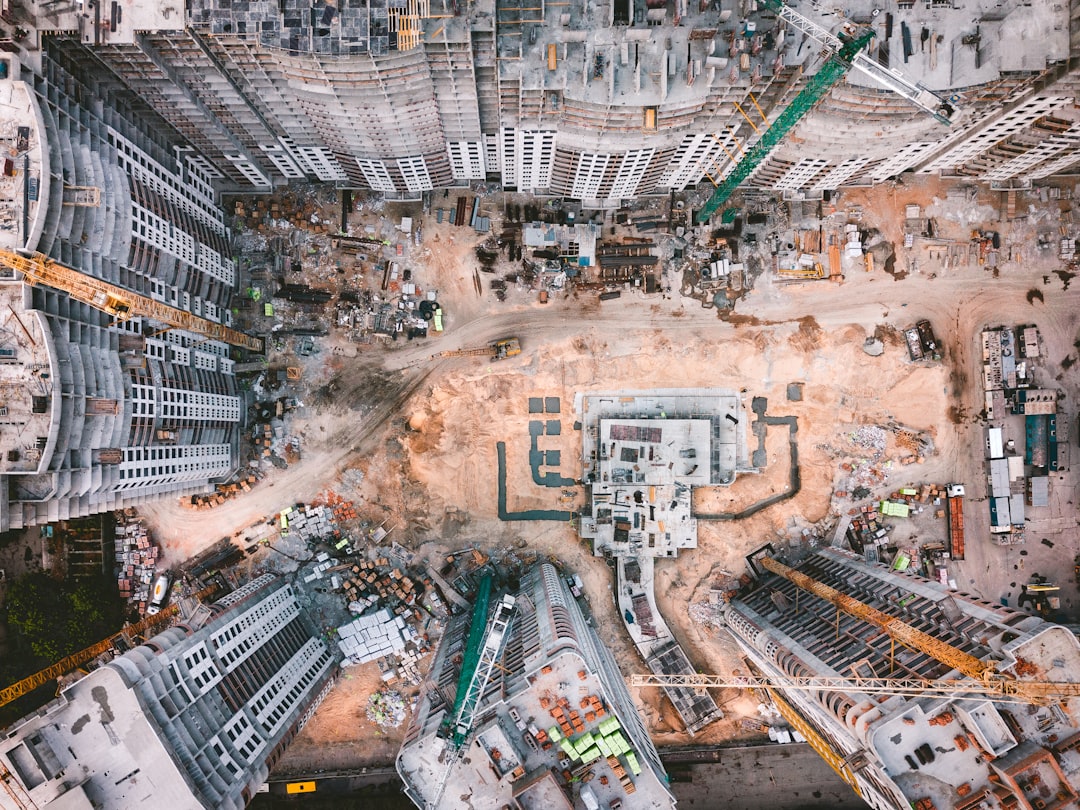What is it about?
Whenever you have to pack items into finite areas or volumes or, which is the same, cut small items from larger ones, not only you seek for a way to do so in the cheapest way - e.g. maximizing space usage - but you may have an issue about the best order in which things should be packed.
Featured Image
Why is it important?
This is important, for instance, in manufacturing (paper, wood, steel, glass, rubber etc.), where you cut stock material into smaller pieces of prescribed sizes, and the order in which you cut affects the completion time of orders.
Perspectives
This publication is in the mainstream of cutting and packing optimization, and contributes to open a new perspective into more complex problems that integrate decisions on both cutting and scheduling.
Claudio Arbib
Read the Original
This page is a summary of: Maximum lateness minimization in one-dimensional bin packing, Omega, April 2017, Elsevier,
DOI: 10.1016/j.omega.2016.06.003.
You can read the full text:
Contributors
The following have contributed to this page










